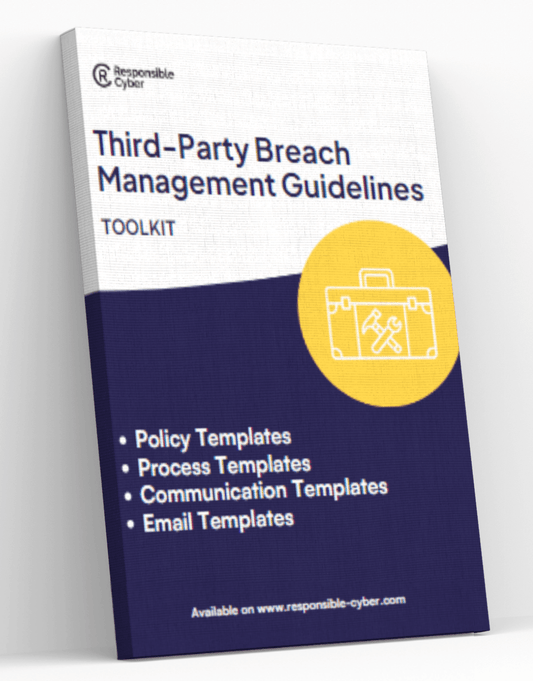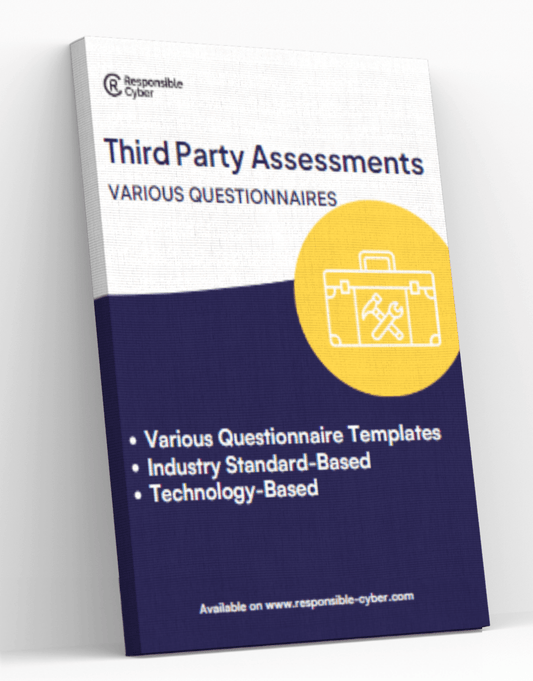HIPAA Vendor Risk Assessment: Strategies, Challenges, and Best Practices

In the labyrinth of healthcare compliance, the Health Insurance Portability and Accountability Act (HIPAA) stands as a critical regulatory framework designed to safeguard patient information. As healthcare entities increasingly rely on third-party vendors for services ranging from data processing to clinical support, HIPAA vendor risk assessments have become pivotal in ensuring that these partnerships do not compromise patient privacy. This article delves into the nuances of conducting effective HIPAA vendor risk assessments, outlining the strategic approaches, common challenges, and industry best practices to secure Protected Health Information (PHI).
Understanding HIPAA and Vendor Risk Management
HIPAA sets the standard for protecting sensitive patient data. Any entity that deals with PHI must ensure that all the required physical, network, and process security measures are in place and followed. This extends to third-party vendors or 'business associates,' who must also comply with relevant HIPAA regulations. The essence of a HIPAA vendor risk assessment lies in identifying, analyzing, and managing the risks posed by these vendors.
The Importance of Thorough Vendor Risk Assessments
The consequences of a data breach are severe, ranging from hefty fines to significant damage to reputation. In 2021, for instance, a major hospital system faced a fine exceeding $1 million due to a breach involving an insufficiently secured business associate. Such incidents underscore the criticality of robust vendor risk assessments to not only comply with legal requirements but to protect patients and secure trust.
Steps for Conducting a HIPAA Vendor Risk Assessment
1. Vendor Identification and Categorization
Begin by listing all third-party vendors with whom you share PHI. Categorize them based on the type and amount of data they handle, and the services they provide. High-risk vendors should be subjected to more stringent scrutiny.
2. Risk Analysis and Evaluation
Evaluate the security measures each vendor has in place. Assess their compliance history, data management practices, and breach history. Tools such as security questionnaires and audits are instrumental in this process.
3. Implementing Safeguard Measures
Based on the risk assessment, determine necessary safeguards. These might include enhanced data encryption, stricter access controls, or more rigorous data monitoring.
4. Regular Monitoring and Review
Continuously monitor vendor performance concerning HIPAA compliance. Regular reviews and audits should be scheduled to ensure ongoing compliance and address any new risks that emerge.
Challenges in HIPAA Vendor Risk Assessment
Conducting effective risk assessments is fraught with challenges:
- Complexity of Assessments: Each vendor may have different processes, technologies, and levels of compliance, which complicates the assessment process.
- Evolving Threats: As cyber threats evolve, so too must the strategies to combat them, requiring constant vigilance and adaptability.
- Resource Constraints: Many healthcare organizations face resource limitations, making thorough, ongoing assessments challenging.
Best Practices for Effective Vendor Risk Management
To overcome these challenges, healthcare organizations should adopt several best practices:
- Comprehensive Vendor Contracts: Clearly define compliance responsibilities and consequences for breaches in vendor contracts.
- Utilize Standardized Assessment Tools: Tools like the HITRUST CSF can provide a structured approach to assessing and managing vendor risk.
- Education and Training: Regular training sessions for both employees and vendors can help in maintaining awareness and preparedness against breaches.
Case Studies and Industry Insights
Several high-profile case studies highlight the importance of diligent vendor risk management. For instance, a breach at a third-party provider led to the exposure of 3.5 million patient records in 2016, emphasizing the need for robust vendor security practices. Insights from these incidents can guide healthcare organizations in refining their risk assessment strategies.
Conclusion
As the healthcare industry becomes more integrated with technology, the importance of conducting thorough HIPAA vendor risk assessments grows. By understanding the intricacies of these assessments and implementing strategic measures to mitigate risks, healthcare providers can safeguard patient data against the ever-evolving landscape of threats.
Risk management is no longer a luxury reserved for the few:







